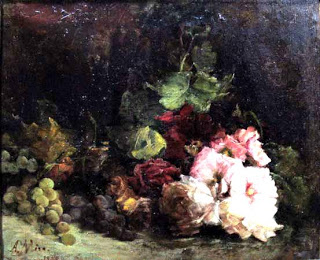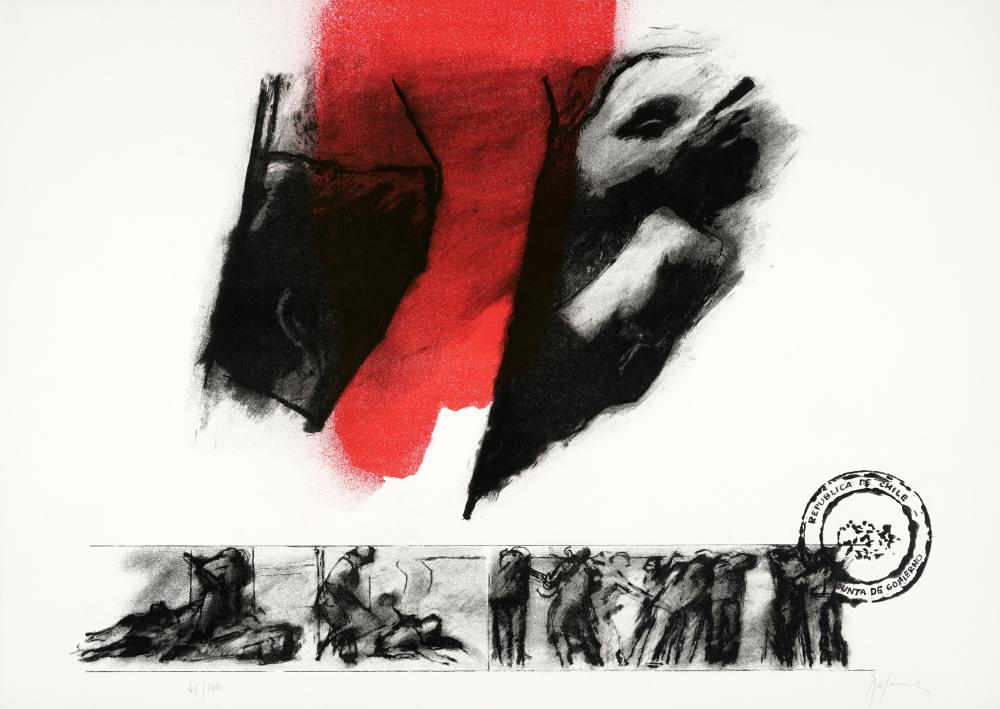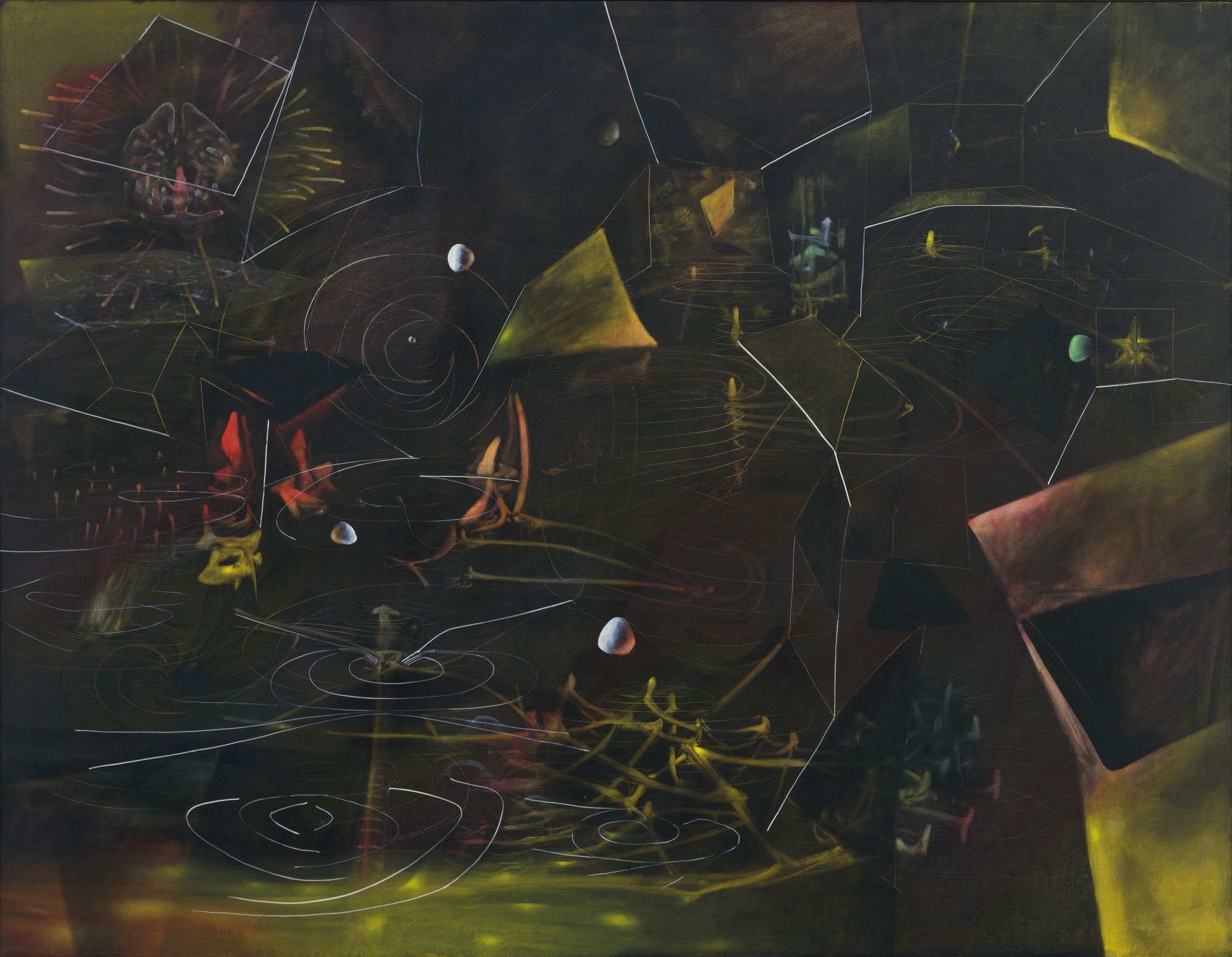The Evolution of Chilean Art Through the Eyes of Its Most Famous Artists
Chile's cultural and artistic landscape is a reflection of its rich historical tapestry, blending indigenous traditions with Spanish colonial influences and the vibrant pulse of modern creativity. The country's art scene, particularly its painting history, showcases a journey through time, from the evocative murals of pre-Columbian civilizations to the intricate religious artworks of the colonial period, and onto the bold expressions of modern and contemporary art. Chilean painting is characterized by its diversity, with artists drawing inspiration from the nation's stunning landscapes, complex social history, and rich cultural heritage.
Today, we turn our focus to five of the most remarkable personalities in Chilean art, each of whom has contributed significantly to the nation's artistic legacy. These individuals have not only influenced the development of art in Chile but have also garnered international recognition for their unique visions and contributions. Through their work, they have explored a range of themes, from the beauty of the Chilean landscape and the intricacies of human emotion to pressing social and political issues. Their legacy continues to inspire new generations of artists in Chile and around the world, ensuring that the vibrant spirit of Chilean art remains alive and dynamic. As we explore their stories and achievements, we gain a deeper appreciation for the richness of Chile's cultural and artistic heritage!
1. Pedro Lira (1845-1912)

Pedro Lira "Fundación De Santiago"
Pedro Lira was an important figure in Chilean painting, known for his significant contribution to the development of the country's fine arts scene. Born in Santiago, Lira's oeuvre is characterized by its romantic and academic style, reflecting his classical training in Europe. His works often delved into historical, religious, and mythological themes, showcasing a profound mastery of technique and a keen eye for detail. Lira's style was deeply influenced by the Romantic movement, although he skillfully incorporated elements of realism, particularly in his portrayal of the human figure and landscapes. Among his notable works are "Fundación de Santiago," which vividly captures the historical moment with dramatic intensity and meticulous attention to composition and "La Muerte de Camila," a poignant representation of Camila Vallejo's tragic death that exemplifies his ability to convey deep emotional narratives through art. Lira was not just a painter; he was also a critic, teacher, and a key advocate for the establishment of a national fine arts institution, significantly contributing to the foundation of the Museo Nacional de Bellas Artes in Santiago. Several of his historical paintings have been featured on Chilean banknotes, serving as a testament to his enduring legacy and the significant cultural value his work holds within the country! This inclusion not only commemorates his contributions to Chilean art but also integrates a piece of the nation's artistic heritage into the daily lives of its citizens, allowing a wider audience to appreciate the beauty and historical depth of his creations.
2. Aurora Mira (1863-1939)

Aurora Mira "Flores-y-frutas Aurora-mira Pintura"
Aurora Mira emerged as a pioneering figure in the Chilean art scene, distinguishing herself as one of the earliest recognized female painters not only within the confines of Chile but across Latin America as well. Her journey alongside her elder sister, Magdalena, broke new ground for female artists in a domain traditionally dominated by men. Aurora's academic achievements were equally groundbreaking; she was among the first wave of women to earn a degree from the esteemed Santiago School of Painting, marking a significant milestone in the fight for gender equality in the arts. While Magdalena Mira distinguished herself through her exquisite portrait work, Aurora ventured into the lively realm of still life, specifically concentrating on the detailed allure of flowers and fruit. Her works, such as "Flores-y-Frutas Aurora-Mira Pintura" and "Aurora Mira Mena Rosas y campánulas," stand as testament to her exceptional ability to capture the essence of her subjects with a delicate and nuanced touch. Despite her initial foray into the mythological genre with neoclassical pieces like “Agripina Metella encadenada,” which demanded a sophisticated, almost literary, approach to visual storytelling, it was her still lifes that captured the hearts of the Chilean public. The sisters' decision to exhibit their work in the prestigious salon of the Museum of Fine Arts was a bold move that challenged societal norms and paved the way for future generations of women artists. Aurora Mira's consistent presence at the Salón Oficial from 1884 to 1897 underscored her dedication to her craft and her desire to remain active in the artistic community. She was a major force in changing the face of Chilean art, fighting for women's equal status in the traditionally male-dominated field of public art alongside her sister Magdalena and other contemporary female artists.
3. José Balmes (1927-2016)

José Balmes
José Balmes, a distinguished figure in the realm of Chilean art, was born in Montesquiu, Spain, in 1927 and found his artistic home in Chile after fleeing the Spanish Civil War. His body of work is profoundly marked by a steadfast dedication to capturing the essence of political and social tumult, particularly focusing on themes of injustice, dictatorship, and human rights abuses within Chile and beyond. Among his celebrated works are "Presencia de América Latina" (Presence of Latin America), a mural that exudes the spirit of Latin American unity and cultural pride; "La llegada de Balmes a Chile" (The Arrival of Balmes in Chile), which narrates his personal journey of exile and the broader human experience of displacement; and "Brigadas Internacionales" (International Brigades), a tribute to the volunteers fighting against fascism in the Spanish Civil War. Together with Gracia Barrios and a group of artists, José Balmes co-founded the informalist collective Signo. This group showcased their art in international cities including Barcelona, Madrid, and Paris. Balmes, a committed communist and at times a member of the Communist Party's Central Committee, intertwined much of his artistic journey with political activism. He was a staunch supporter of Salvador Allende's Popular Unity government. Following the coup d'état in 1973, Balmes found himself in exile in France, where he continued to nurture his artistic talent, serving as a professor at the Pantheon-Sorbonne University. His return to Chile marked the beginning of a period of recognition for his contributions to art, culminating in prestigious accolades such as the National Prize for Plastic Arts in 1999 and the Altazor Award in 2002. Balmes' legacy is marked by his exceptional ability to weave together art and activism, making his canvas a battleground for the fight against oppression and a testament to the enduring spirit of resistance. Through his unique blend of painting and political commentary, José Balmes has left an indelible mark on the world of art, reminding us of the critical role artists play in bearing witness to their times.
4. Bororo (1953)

Carlos Maturana, Known In The Art World As Bororo
Carlos Maturana, known in the art world as Bororo, is a distinguished Chilean painter renowned for his unique and vivid approach to art. Beyond his work as an artist, Bororo was deeply involved in education, sharing his knowledge and passion for art through teaching roles at the University of Chile's School of Fine Arts, Gaston College, the Medical College of Chile's Art and Culture Institute, and the Planet Earth Academy of Art from 1975 to 1984. His teaching extended to drawing, painting, and sketching, impacting a wide range of students. A prominent member of the 80s Generation, a group largely comprising artists from the University of Chile's Faculty of Art and influenced by German Neo-expressionism, Bororo played a significant role in the post-1973 Chilean coup d'état art scene. This era was marked by bold, innovative art that challenged traditional norms and confronted Chilean society during a period of dictatorship. Bororo's artistic medium ranged from traditional oil on canvas and watercolors to less conventional materials such as latex and India ink on paper. While many of his works remain untitled, they are recognized for their use of dark blue, black, grey, white and occasionally more vibrant hues. His style is characterized by child-like spontaneity, humor, and an abundance of color, making his paintings stand out for their symbolic content, simplistic forms, and expressive color splatters that evoke everyday objects. Throughout his career, Bororo has been acknowledged with over 20 awards and has participated in numerous solo and group exhibitions, establishing him as a key figure in Chilean contemporary art. His work, celebrated for its symbolism and playful exploration of color and form, continues to captivate and inspire!
5. Roberto Matta (1911-2002)

Roberto Matta "The Vertigo Of Eros"
Roberto Matta, a Santiago native, rose to prominence in the fields of abstract expressionism and surrealism in the 20th century. His artistry is celebrated for delving into the depths of the subconscious and the vastness of cosmic realms, utilizing fluid, organic forms alongside a dynamic color palette to craft landscapes that are both deeply psychological and metaphysically profound. With a foundation in architecture, and a keen interest in psychology and philosophy, Matta carved out a distinctive visual language that set him apart within the surrealist movement. His renowned piece, "The Vertigo of Eros," exemplifies his thematic exploration of the chaotic and cosmic by intertwining abstract, erotic, and organic elements. This artwork, like many in his oeuvre, acts as a visual exploration of the mind's inner mechanisms and the universal energies of nature, marking him as one of the initial artists to venture into such abstract realms. Matta's impact on Western culture, especially in the United States where he played a role in the Abstract Expressionism movement's evolution, is profound. His notable creations, including "Three figures" and "Elle Loge La Folie," alongside his introduction of automatic drawing and a focus on psychological exploration, influenced peers like Jackson Pollock, Arshile Gorky, and Robert Motherwell. Through his pioneering techniques and philosophical explorations, Matta broadened the horizons of abstract art, melding European surrealism with American modernism, and directing the path of contemporary art with his forward-thinking approach.
Chile to Beyond – From Local to Global
Chile's culture is a vibrant mosaic, deeply influenced by its indigenous roots, colonial past, and contemporary innovations. This rich cultural backdrop is especially evident in its painting tradition, where the canvas of Chilean history is painted with the emotions, landscapes, and narratives that define the nation. This evolution reflects a society in constant dialogue with its past, present, and future, using art as a medium to explore identity, conflict, resilience, and beauty.
The artists presented in the article, each with their unique approach and vision, have significantly shaped the landscape of Chilean art. Our TrendGallery website is a starting point for exploration if you want to extend your creative boundaries and learn more about the diverse fabric of world creativity!
No Comments Yet...